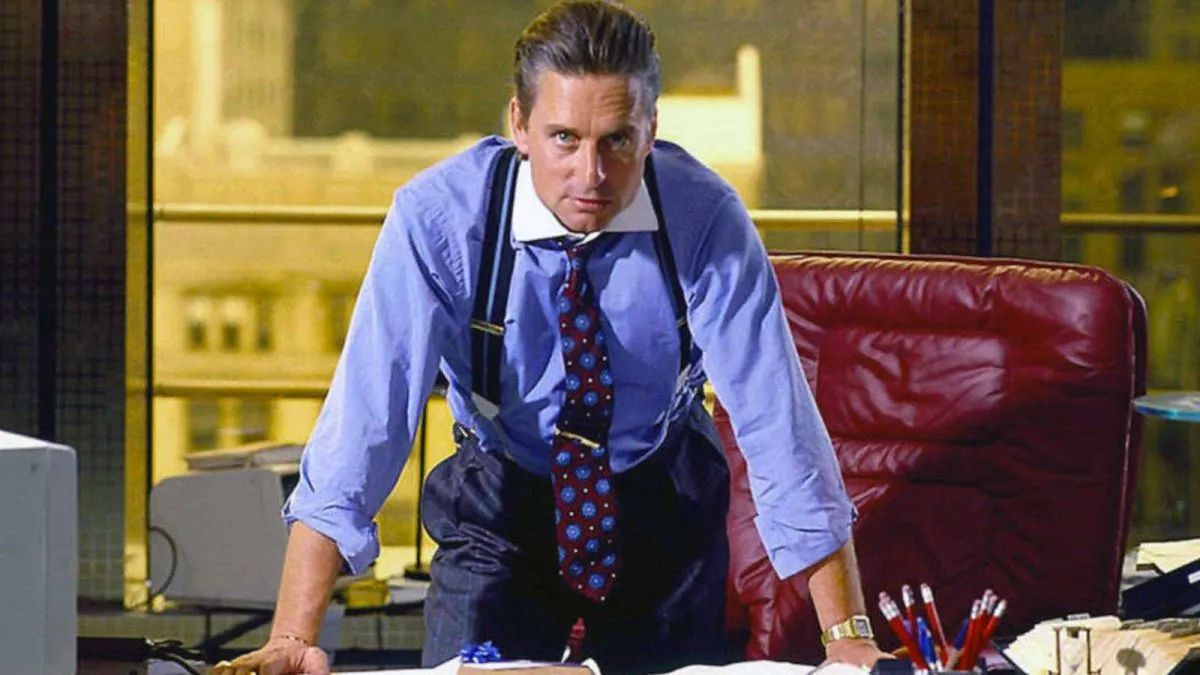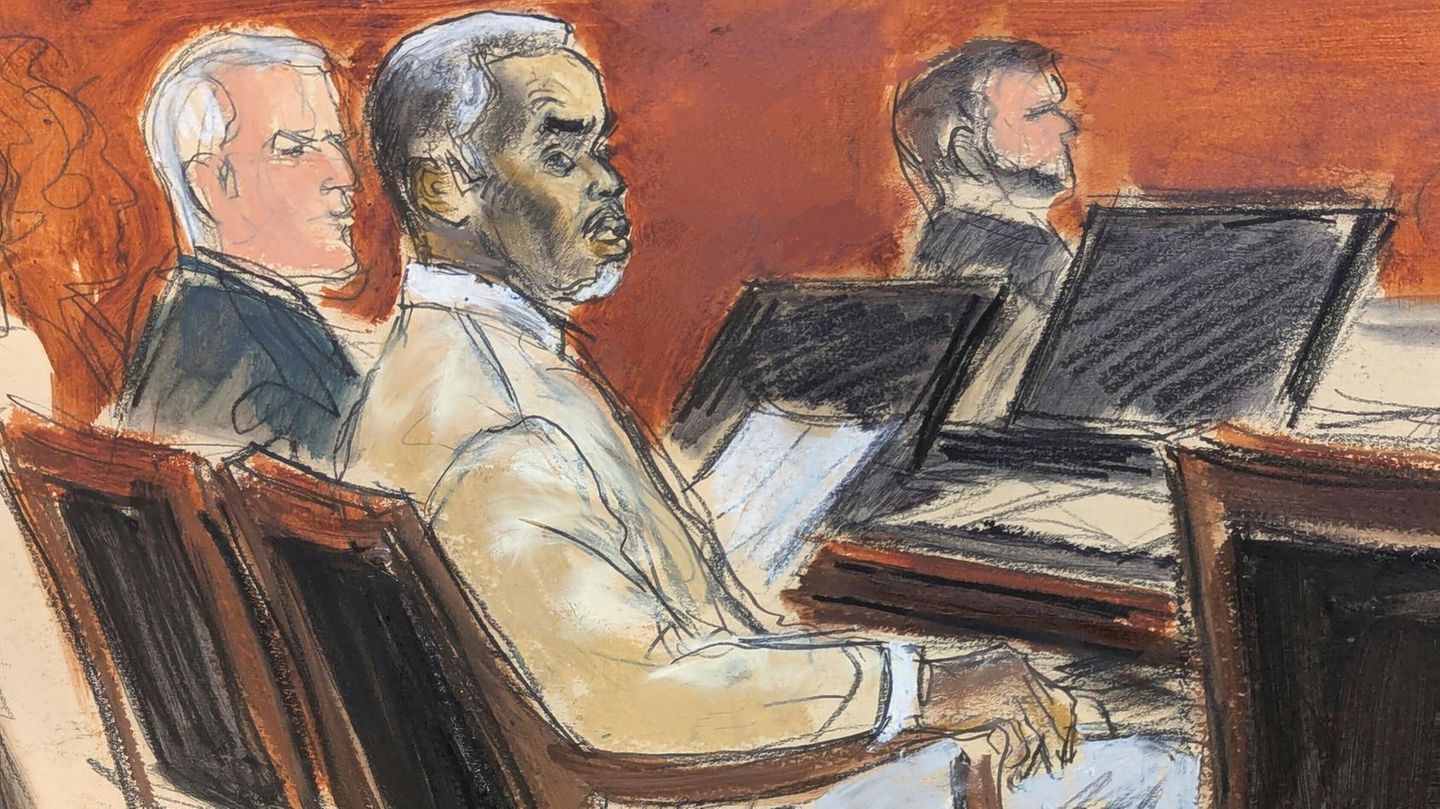Journalist: The FED meeting is approaching. We know that the pruning shears, which have been inactive since March 2020, will be used. Powell warned us in Jackson Hole that he will cut rates for the first time since the pandemic. And the markets, far from celebrating what they had been asking for, are wary of what fate may hold. Is a quarter-point cut not enough for them and they want half a point? Are they afraid that the FED has reacted too late? Or what?
Gordon Gekko: If there was one silver lining when Powell and his people refused to cut rates – all year long – it was that it reflected a great deal of underlying confidence in the strength of the economy.
Q: The Fed opened the umbrella in December when it pivoted and registered its intention to lower rates on the dotted map. Powell then surprised – on December 13 – with a sudden change of opinion and the markets were frightened. But the economy has come out well up to the present. Always growing above 2%. And everything suggests that the current quarter will not be the exception. Where is the problem?
GG: In the cooling labor market. And in the doubts it provokes. Even within the FED, which agrees to lower rates so that the increase in unemployment does not become more pronounced.
Q: Does the FED spread these doubts?
GG: It is clear that the rate cut is being initiated just in case, not out of necessity. It is prevention, not reaction. It anticipates corrosion. And it has room to move at will since the surprise rise in inflation in the first quarter calmed down. If it were to trigger a half-point reduction, then it would have to resort to a very detailed explanation so as not to feed back the confusion. For this very reason it will prefer to be predictable. It will go step by step.
Q: Often times, overzealous monetary policy is what causes recessions. The central bank goes too far in raising rates and causes an accident. Or it keeps them too high for too long and by the time it realizes it’s too late. The Fed doesn’t have a very encouraging track record in anticipating recessions. Aren’t those good reasons for concern?
GG: There is no denying it. This is the most predicted recession in history. For the last couple of years.
Q: And by the best forecasters. The stock market itself with its 2022 bear market, the Treasury bond curve (which also inverted in 2022), the Conference Board basket of leading indicators which has been falling continuously since then.
GG: And now also the unemployment rate according to Sahm’s rule. We have not been short of gloomy predictions. If a setback does occur, who has not foreseen it at some point? The best argument, to my taste, was the idea of a legion of zombie companies that would ravage us everywhere when the stock market bubble burst. When the free money runs out, remember?
Q: None of that happened. Inflation forced interest rates to rise sharply, and it has already been brought down without the need for a recession either. But life goes on. And it is not without its dangers. The unemployment rate has climbed half a point in six months, consumers say that the conditions for finding a new job are the toughest in the last ten years. And the bullet can enter through there. Or not?
GG: That’s why the Fed is coming out to meet him. It has already firmly stated that it will not allow working conditions to cool further. It does not encourage expectations of an initial half-point adjustment. But it has given the green light to the possibility of a succession of cuts. Initially, of 25 basis points. A tough guy like Governor Waller went further. He said that he could be as insistent in lowering rates as he was in raising them if the data justifies it. The message is clear. The second cut could be half a point (as was the second increase in 2022). In my opinion, in terms of communication, it’s a full house. Everything has already been said.
Q: And why are the markets hesitant and have they lost their bearings?
GG: It’s the Ides of September mixed with a very important changing of the guard. The Magnificent Seven Stocks no longer shine in the firmament. And their formidable leadership came from the pandemic. Wall Street is changing its skin.
Q: Nvidia is in tatters, and real estate, utilities, financial and health stocks are resurrected.
GG: Trying out this long-delayed transition right now is a sign of confidence in the medium term, beyond the vicissitudes of the present. It would have no chance of success if what awaits us is a recession.
Source: Ambito




